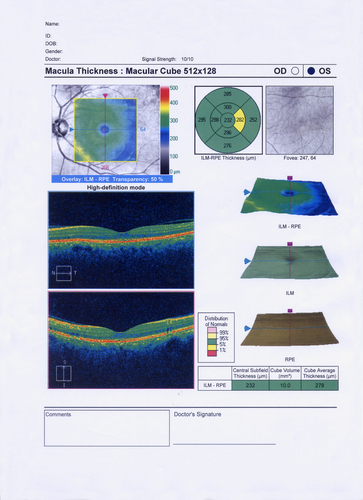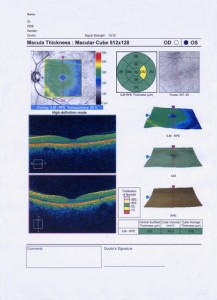Computed Tomography is Valuable in Predicting CF Kalydeco Treatment Outcomes

 To find another valuable tool to evaluate the efficacy of the commonly prescribed cystic fibrosis drug ivacaftor (Kalydeco from Vertex Pharmaceuticals), a team from The Ohio State University College of Medicine and Nationwide Children’s Hospital in Columbus, Ohio, tested high resolution computed tomography (HRCT) with cystic fibrosis patients in response to ivacaftor therapy. The results were published in Journal of Cystic Fibrosis by lead author Shahid Sheikh, principal investigator Don Hayes, Jr, and colleagues.
To find another valuable tool to evaluate the efficacy of the commonly prescribed cystic fibrosis drug ivacaftor (Kalydeco from Vertex Pharmaceuticals), a team from The Ohio State University College of Medicine and Nationwide Children’s Hospital in Columbus, Ohio, tested high resolution computed tomography (HRCT) with cystic fibrosis patients in response to ivacaftor therapy. The results were published in Journal of Cystic Fibrosis by lead author Shahid Sheikh, principal investigator Don Hayes, Jr, and colleagues.
A total of ten patients, aged 10-44 years, who had not received ivacaftor for at least a year were enrolled in the study. Baseline measures were taken for forced vital capacity (FVC), forced expiratory volume in one second (FEV1), sweat chloride levels, weight, and body mass index (BMI). In addition, HRCT was used to assess airway morphology. The ten patients then began receiving ivacaftor and were re-evaluated at six and twelve months.
Remarkably, poor outcomes of HRCT-measured parameters (elevated bronchiectasis and airway wall thickness) correlated with low %FEV1. Higher airway thickness scores, along with mucus plugging scores, were accompanied by more pulmonary exacerbations that required pharmacological intervention. As a result of ivacaftor treatment, patients showed significant improvements in mean modified Brody scores for bronchiectasis, mucus plugging, airway wall thickness, and total Brody scores.
During the HRCT scans, an x-ray rube rotated around patients and collected “slices” of images. These slices were reconciled into a 3D representation of the lungs. Meaningful data was then extracted from the images, which can provide 95% sensitivity and nearly 100% specificity in different scenarios of lung conditions, according to an unrelated article written by Dr. Paul Stark, MD, of the University of California, San Diego. Roughly one-half of lung conditions can be confidently predicted, and 93% of these cases are correctly identified.
[adrotate group=”1″]
Additionally, in line with numerous previous studies, %FVC and %FEV1 significantly improved over baseline at six months due to ivacaftor treatment, with %FVC increasing by 6 points and %FEV increasing by 8 points. However, these outcomes were lost at the one-year mark. Permanent to one year, mean sweat chloride levels decreased and weight and BMI were improved.
This study is most relevant to patients with the G551D mutation, as ivacaftor can correct the cystic fibrosis transmembrane conductance regulator gating defect associated with this mutation.







